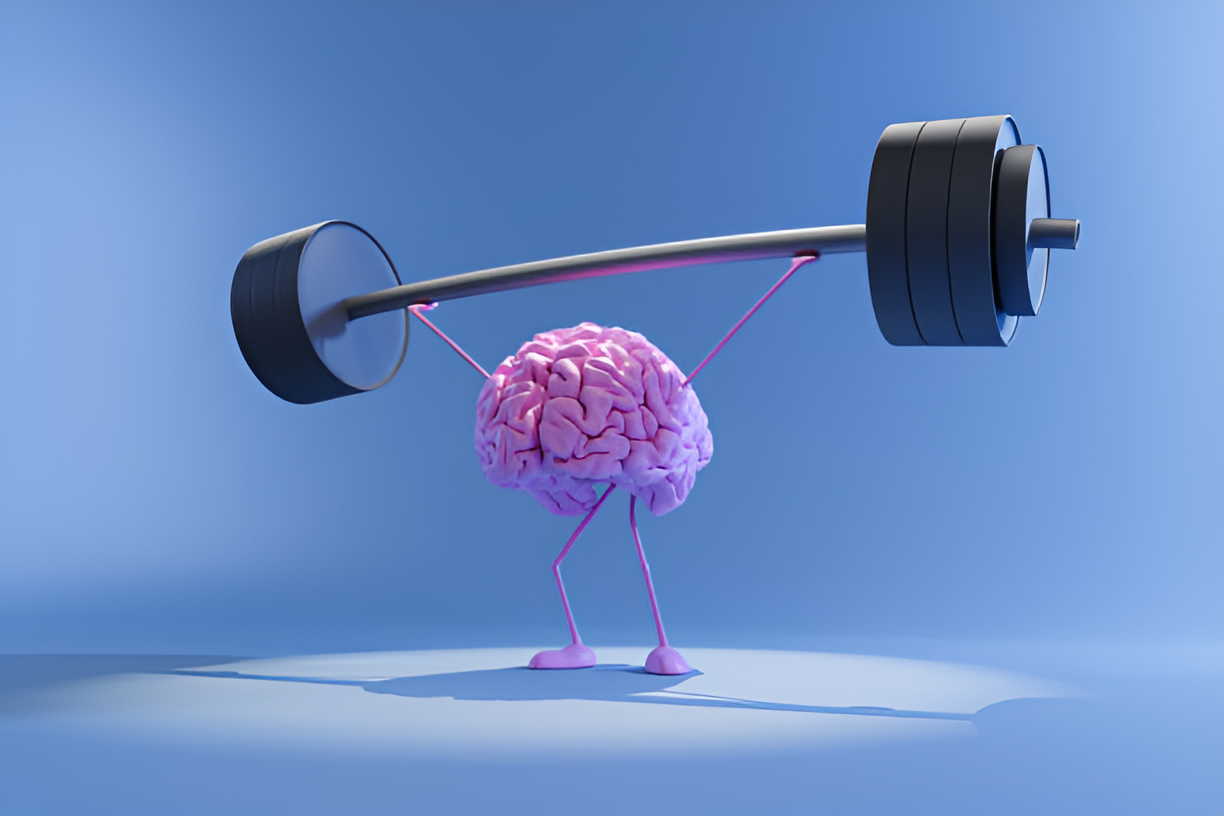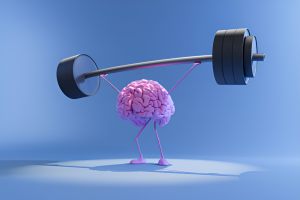Breaking the Chain: How Trauma Cycles Impact Mental Health
Trauma has the most delicate and dramatic ways of attacking a person’s emotional and mental well-being. At all times, the reason for such can be whatever it takes people to view the world and their lives under a different lens: child abuse, neglect, death, or significant life events like violence, accidents, or war. The most central impact of trauma is the cycle of trauma: how unprocessed trauma can reverberate across generations, profoundly altering mental health.
Trauma recovery and the facilitation of long-term mental health depend upon our understanding of the continuance of cycles of trauma and how to interrupt those cycles.
This article then intends to find out how trauma cycles work, their impact on mental health, mechanisms involved in these cycles, and finally how to escape them.
How to Identify Trauma Cycles
A cycle of trauma is a recurring and continuous impact of trauma over generations or over one’s lifetime. Unprocessed trauma can produce psychological effects, emotional responses, and sometimes destructive patterns of thought, behavior, and relationships. Many of the tendencies flow on to the next generation so that vicious cycles of suffering and dysfunction may continue.
In this, the abused child parent will find difficult times in properly coping; hence, they end up being emotionally unstable or making it harder for them to create stable relations with their children. The increase in likelihood to grow traumatized characterizes the nature of children brought up in such an environment that defines a lack of emotional control and safety. As a cycle, trauma will keep on perpetuating itself in a vicious circle through which wounds will find their way down the generations.
Somewhere in life, a person has to go through trauma cycles. Untreated trauma leads to depression, anxiety, substance misuse, and many other self-destructive behaviors. These actions spark off a vicious cycle of pain and Poor mental health as they trigger more traumatic events.
Impact of Trauma on Mental Health
Trauma works on the mental well-being of an individual, ranging from interpersonal relationships to emotional modulation. Some of the most common disorders associated with post-traumatic stress disorders—depression, anxiety, and borderline personality disorder—are closely related to mental health problems that have appeared in the aftermath of trauma. However, despite the fact that each of those has individual and unique effects on the mental health, precisely because the particular effects of trauma will depend both upon the nature of trauma and how a person is going to respond, there are some special trends in how trauma impacts mental health:
1. Hyper-vigilance and Anxiety
Trauma survivors feel unsafe even in situations that pose no danger. This sense of danger culminates in hypervigilance, which is a condition whereby an individual is always alert and prepared to threaten or harm others. The most common symptoms of trauma are increased startle responses and panic attacks, as well as chronic anxiety, most significantly in the patients with PTSD.
2. Emotional dysregulation
Trauma cannot but damage the individual’s emotional regulation and forces them to live through a roller coaster of feelings, including terror, anger, or grief. Emotional dysregulation could manifest in mood swings, episodic rage, or in emotional numbing. Inability to regulate one’s emotions has historically led to the tightening of strong bonds and to social isolation.
3. Avoidance and Numbing
As a means of keeping themselves away from the suffering that accompanies a traumatic event experience, the victims may exhibit avoidance behavior. They can avoid people, places, or situations that trigger the trauma. Emotional numbing is another often-portrayed strategy that tends to enhance a mental illness disorder. The victims cut themselves out of their surroundings and feelings.
4. Shame and Self-Blame
People traumatized tend to believe what happened to them was specifically and personally aimed at them, and those beliefs turn them into perpetrators of the injuries inflicted upon them. Self-blame feeds feelings of worthlessness and shame, all of which can drive depression, low self-esteem, and even a negative sense of self. Those attitudes could make the people avoid help, thus continuing the cycle of trauma.
5. Relationship Issues
Trauma can throw a person off kilter in forming good relations and trusting others. Attachment disorders as a consequence of early childhood trauma can present further barriers to forming a safe, nourishing relationship with others. These can spawn a pattern of problematic relationships where others are repeatedly repelled or alternately oneself in an inappropriate reliance on others for one’s sense of self and emotional supply.
Inter-generational Trauma Passing Suffering on Down
Perhaps most insidiously, trauma can be passed down through generations. The child or grandchild of the survivor of traumatic experiences did not exist when the initial trauma occurred; however, this is precisely what intergenerational trauma describes: the negative impact of a traumatic experience lived through by one generation is passed on to subsequent generations.
For example, although they might not have endured the traumatic events firsthand, children of Holocaust survivors, colonized Indigenous communities, or families who experienced systematic violence usually inherit the psychological and emotional impact of trauma. This impact may then trigger substance-use disorders, anxiety disorders, depression, or other mental illnesses.
There are two routes of behaviors and psychologies through which intergenerational trauma is transmitted. Unassessed trauma in the caregivers may, therefore, inevitably be passed to children unconsciously, thereby producing a repetition of problematic patterns of attachment, emotional regulation, or coping mechanisms. Children imitate the behaviors of their caregivers, and when they are challenged to demonstrate positive emotional behavior, the effects of trauma begin to emerge within the family dynamics.
This would thus establish scientific evidence that trauma is biologically bound apart from the behaviors. Such changes can be epigenetic, leading to their passing on to successive generations. Epigenetic changes involve a change in the expression of genes caused by stress or even environmental damage. This therefore means that the influence of trauma is continued through its impact on the genetic makeup and the strategies of coping with stress or emotional suffering.
Breaking the Trauma Cycle
Even though trauma can have a wide and elongated influence on mental health, it is not a condition that was designed to be permanent. Intentionality, support, and therapeutic interventions centered on providing a cure for the underlying causes of trauma and recovery are very essential to breaking the cycle of trauma.
1. Accept the Trauma and Face It
The first giant step toward the end of a cycle of trauma is acknowledgment and acceptance of what has been. Survivors of trauma frequently tend to downplay or even deny just how hard their experience has been, but healing cannot start until the truth is confronted head-on. Acknowledging, whether it be through self-reflection or professional therapy, represents a beginning of liberation from the shackles of trauma grasping the psyche.
2. Seek professional help
There is therapy as one of the more powerful intervention techniques that intervenes upon the cycle of trauma inasmuch as it is able to provide a sense of safety and hence serves as an arena within which people may attempt to work through the contents of their experiences. Painful memories will be processed, and healthy ways of coping will be developed with trauma-focused therapies including Eye Movement Desensitization and Reprocessing (EMDR), Cognitive Behavioral Therapy (CBT), and Trauma-Focused Cognitive Behavioral Therapy (TF-CBT).
3. Engage Coping Skills for Wellness
Exit the Cycle: The one who needs to come out of the cycle of trauma needs to learn and practice some coping skills that are fit for deal-making with stress, emotions, and triggers. Journaling, exercise, mindful practices, and grounding technique are very helpful emotional-controlling practices. Besides that, very strong social relationship building can provide emotional security to those in need of recovery.
4. Develop self-compassion
Shame, guilt, and self-criticism are common emotions that a person undergoing trauma can experience. Healing as an art must, by its very nature, be something of self-compassion because it may be possible to heal someone with kindness and love rather than judgment. This is because trauma typically instills worthlessness in people, and a little self-compassion could be just the antidote.
5. Break relationship patterns
One such step in this cycle of trauma will be to look at how trauma has affected relationships because of it. Safe, healthy attachments with others include healthy communication, self-regulation, and trust. For survivors of trauma, relationship counseling and therapy can create better interpersonal relationships, as well as support groups.
6. Intergenerational Trauma
Family therapy or systemic treatment, which makes all members of the family come to understand how their traumatic experience has affected the family unit, will be helpful to families affected by intergenerational trauma. Families will then be able to start healing and forging more positive ways of relating with one another as they acknowledge such patterns together.
Conclusion
Breaking the traumatizing cycle promotes mental well-being Traumatic cycles tend to significantly impact the mental well-being of an individual since they characteristically involve painful emotional distress and maladaptive patterns that last for a pretty long period. However, resilience and healing can be realized by making sense of the dynamics involved in these cycles and finding ways to target trauma in a proactive way. In this regard, the breaking of a pattern of trauma will require the input of therapy, self-compassion, and supportive networks to help people regain their mental well-being. These roles bring an end to the pattern from going on into other generations.
By facing head-on trauma with after-effects, people and families are liberated from vicious circles of pain, moving toward recovery, development, and a healthy mental life. It is not easy; nevertheless, it is possible to break the cycle of trauma. And everything starts with determination to rebuild oneself from a position of strength and awareness.











